Fly Fishing Lines
Fly Fishing Lines
In this section, you will learn how to choose the right fly fishing line that will allow you to catch the most fish. You'll also get expert advice on how to care for your line and basic gear rules.
SELECT THE BEST FLY FISHING LINE
The weight of the lure being cast causes the line to come off the end of the line. In fly fishing, the weight of the line being used is the main line, which carries the fly to the fish. The way you cast the line and how it is attached to the backing create the presentation of the fly, which is what makes it successful. Having the right fly lines can help you catch fish.
BY SHAPE AND CONSTRUCTION
The various features of a fly fishing line can determine how it delivers the lure to the fish. For instance, if you want to target a specific type of fish, you need to choose lines that have the right length, weight, and color.
BY LENGTH AND WEIGHT
Although the weight of a fly fishing line varies depending on its length, its designation is determined by the weight of its front 30 feet. Use your rod and reel as a guide to match the fly lines accordingly. For example, a 5-weight fly fishing line is an appropriate match for a 4/5/6 fly reel mounted on 5-weight fly rod.
BY TAPERS
The way a fly lines shoot, turn over a heavy lure, or present a small fly is through the taper design. This feature is made by varying the line's coating's thickness. Notice how the different lines are described. These include the tip, belly, rear, head, and running line.
The various elements that can affect the casting performance of a fly fishing line can also be changed. There are five main design categories of fly fishing lines: weight-forward, double-taper, shooting-taper, specialty tapers, and seldom-used level.
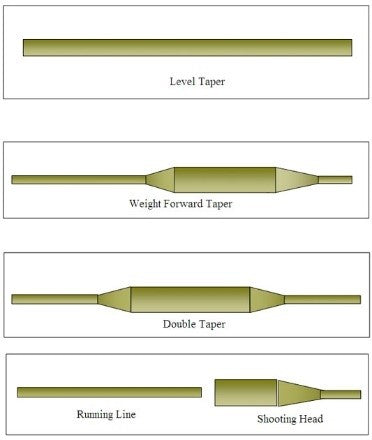
BY COLOR
Monocrystalline or clear-colored lead fishing lines are commonly used. Instead, main fly fishing lines come in various colors. Some anglers prefer to use brightly colored lines because they can see where their line is at both the water and in the air. Others like to use patterns that blend in with their surroundings.
According to the theory that fish prefer to see colors, they may scare them away with unfamiliar objects in the water. Sighting an unusual object in the water can also affect the movement of the fish in pursuit of your fly. Having the right fly fishing line can help you determine which lure works best for your bite.
BY COATING
A fly fishing line is made of a core, an inner layer, and an outer layer usually made of polyvinyl chloride. The taper design is achieved through the varying thickness of the outer layer. These basic elements are used to make the line's form follow function. For instance, it floats because of the tiny air bubbles created by the surface coating.
When manufacturers add lead or tungsten to a fly line's coating, it will sink. To differentiate these types of lines, the manufacturers use an F or an S for floating and sinking lines.

SINKING FLY LINES
Since most of the fish's feeding takes place beneath the surface, you need to use fly fishing lines that can get your lure underwater at a fast and slow pace.
A full-sinking fly fishing line is ideal for fishing in areas where fish are still feeding. It can help get the flies to the ideal depth where they are being caught. When using this type of line, it's important to match the sink rate to the fishing conditions.
The best type of fly fishing line for ponds and lakes is a head-first or evenly sinking line. This type of line provides better strike detection because it tends to sink uniformly. On the other hand, sinking lines that are belly-in-the-middle are commonly used because they have a sensory disconnect between the fish and the fisherman. With uniform-sinking lines, the line has a straight-line connection to the lure.
SINKING-TIPS
A sinking tip is a type of fishing line that's commonly used in moving water. It can be used to create a drag-free float or repair damaged fly lines. It can also be used for deep and shallow nymphing and river-bank fishing.
FLY FISHING LINE CARE TIPS
After using a fly fishing line, it's important that it's thoroughly cleaned and washed. Doing so will remove the dirt and algae buildup on the surface of the line, which can prevent it from functioning properly.
After cleaning, allow the line to dry in the shade and allow it to absorb UV light. You can then apply a lubricant or wipe it dry using Armor-All or the manufacturer's products. Some newer lines don't require dressing because they have a coating that gradually adheres to the surface.
When you're not fishing, you can detach the fly and wind it onto your spinning rod until your next trip. Reels can create reels-coils in the fly line, though you can remove these by stretching or casting it. At the end of the season, you should thoroughly clean and wind your lines back to their original spools.
Never store your fly fishing lines inside direct sunlight. The high heat and ultraviolet rays from the sun can quickly deteriorate the line's coating. Using proper care can extend the life of your line by about three to five years.
Article refer:
1.How to Choose Fly Line?
2.Fly Fishing Leaders
3.Fly Fishing Tippets
4.Fly Fishing Lines


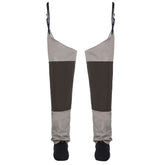
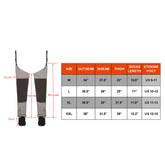
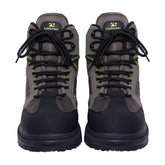
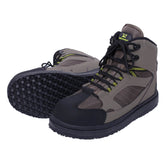
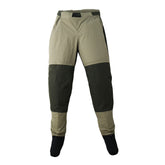

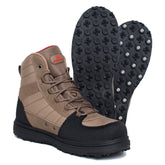

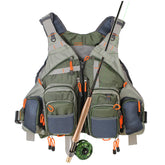
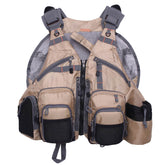
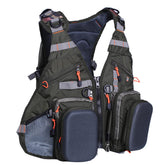
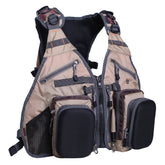

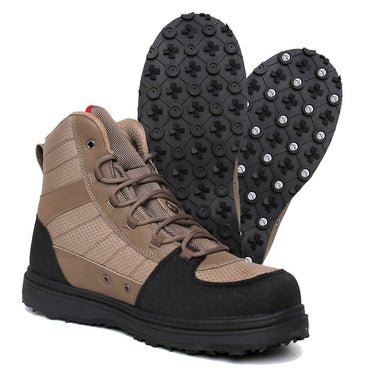

Leave a comment
Please note, comments need to be approved before they are published.